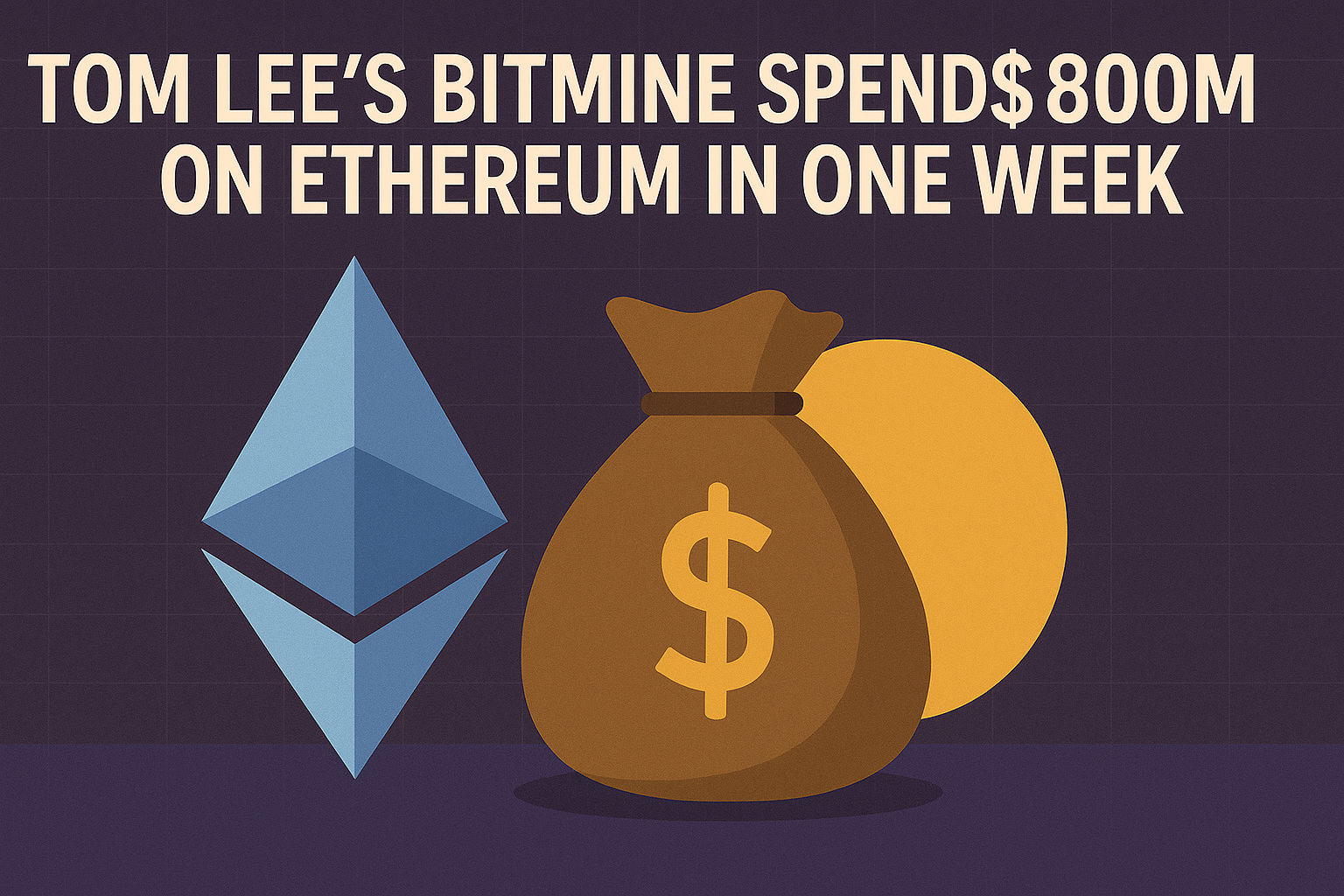Key Insights
- BTC fell over $10,000 in the last week from its recent highs, amid a market-wide sell-off.
- Analysts expect prices to land anywhere between $112,000 and $120,000 in the near term.
- There have been market manipulation claims lately, especially as $1B in liquidations hit traders.
BTC started the week under pressure after hitting a new all-time high above $124,500. The rally started to stall, however, when a sell-off erased more than $10,000 in the asset’s price within hours.
That move triggered over $1 billion in liquidations and wiped out leveraged trades across major exchanges.
This correction has now led to traders debating whether BTC is preparing for a deeper pullback or just consolidating before its next leg higher.
Consolidation Range Forms Between $116K and $120K
According to popular analyst CrypNuevo, large buyers may have manipulated the market over the last two days. In particular, they took advantage of the market’s forced liquidations to load up on cheaper BTC.
“It looks like they stopped the train to grab more buys before pushing again,” he wrote on X.
More updates from the analyst show that the $120,000 zone is the next most important level that Bitcoin must reclaim to regain its strength.

According to liquidity data, the strongest areas of interest currently sit between $116,300 and $120,000.
Sell orders are clustered around $120,000, while liquidation levels are in a build-up near $116,300. This said, analysts expect BTC to trade in this range while buyers and sellers battle for control.
Moreover, popular trader Daan Crypto Trades pointed out $112,000 as the next downside target if the selling continues.
On the other hand, a clean break of the $120,000 zone could be a trigger for a rally towards the upside.
Analysts Split on Market Strength
Not all analysts are convinced BTC will bounce quickly, though. For example, trading platform Material recently used one of its proprietary tools to predict a bearish signal.
More importantly, it warned that a breakout is less likely this week.

Meanwhile, trader Roman pointed out the issues with low volumes during the market’s recent highs.
He compared the current market structure to the same period in 2021, when Bitcoin peaked near $69,000 before a deep bear market followed.
“BTC is down $10,000 from prior highs,” he said. “The lack of volume has been concerning for months. To me, it looks like distribution.”
Others are still confident that Bitcoin is in an uptrend. For example, trader Rekt Capital pointed out that BTC has been in a strong rally for six weeks.
History shows that Bitcoin’s discovery phases tend to last between five and seven weeks. The asset is now in week seven, which means that the current phase is a natural pause, before prices push higher.
Macro Factors Add More Uncertainty
The crypto market is not moving in isolation. Traders are also watching the upcoming Federal Reserve’s annual policy meeting in Jackson Hole, Wyoming.
Fed Chair Jerome Powell is expected to speak on Friday, and his comments could affect all risk assets.
The Fed is currently facing pressure from the US presidency, rising inflation and weak labour market data. According to analysts, policymakers are stuck between two unattractive options.

In other words, keeping rates high could put the market at risk of a deeper jobs crisis, while cutting rates too soon could fuel inflation.
The Kobeissi Letter also warned that youth underemployment in the US is at levels last seen during past recessions.
Overall, the typical cycle of market rotation shows that BTC tends to move first, followed by ETH, and then the altcoins.
Now that Bitcoin is consolidating, many traders expect capital to flow into smaller tokens in the short term.




